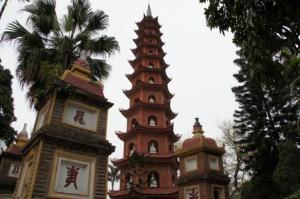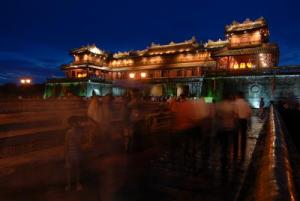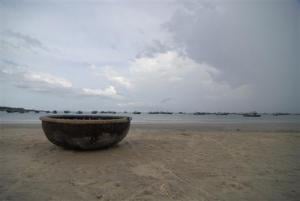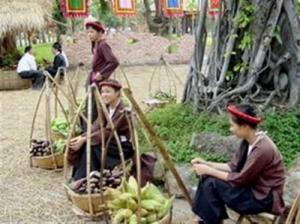New Year Customs - Vietnam Style

There are several New Year customs in Vietnam that further enrich the already interesting Vietnamese culture.
One such custom is the Xong Dat. Literally meaning “first visit to a land,” this is one very crucial aspect of the Vietnamese culture since most of the nation’s economy depends on farming. Thus, Xong Dat shows one’s love for the earth.
According to the historian Le Van Lan, Xong Dat rests on the belief that if the land is good, the house built on it is also good and the family that lives there will have good luck. Van Lan specifically stated that showing love for the Mother Land is a “sacred connection that can’t be turned into a service.”
It is based on this custom therefore that the first visitor to a land or house during the New Year is very significant since he or she is considered to be the one to decide the luck of the host for the rest of the year. The visitor should have a pure and genuine soul in order for good luck to enter into the house so traditionally, this visitor is usually a family member or a good friend.
Money-giving is another indispensable part of Vietnamese custom during the Lunar New Year or Tet Festival. Believing that giving money on Tet will bring about wonderful events in the future, the old people, like grandfathers and grandmothers, congratulate the children on becoming a year older by giving them money placed in nice, small red paper envelopes which symbolize luck and good fortune. This tradition is fairly new though and not given much value compared to the other customs, but the Vietnamese still practice it anyway on the hope for “growth and successful study.”
Another age-old tradition of the Vietnamese people during the Lunar New Year is visiting pagodas. During this time of the year, a large number people go on a pilgrimage to Tay Ho and Tran Quoc pagodas or Ngoc Son and Quan Thanh temples. Tay Ho Pagoda in particular is the most popular of all, with up to thousands of visitors, both local and foreign, going to the sacred place during the Tet holidays.
The first half of the first lunar month is the best time for a pilgrimage because it is spring season. Streams of devotees flock to these holy places of worship in tune with the most beautiful time of the year. Moreover, this is also a lucrative time for business as fruit and offering shops swarm to the area, trying to attract the visitors with their wares.









